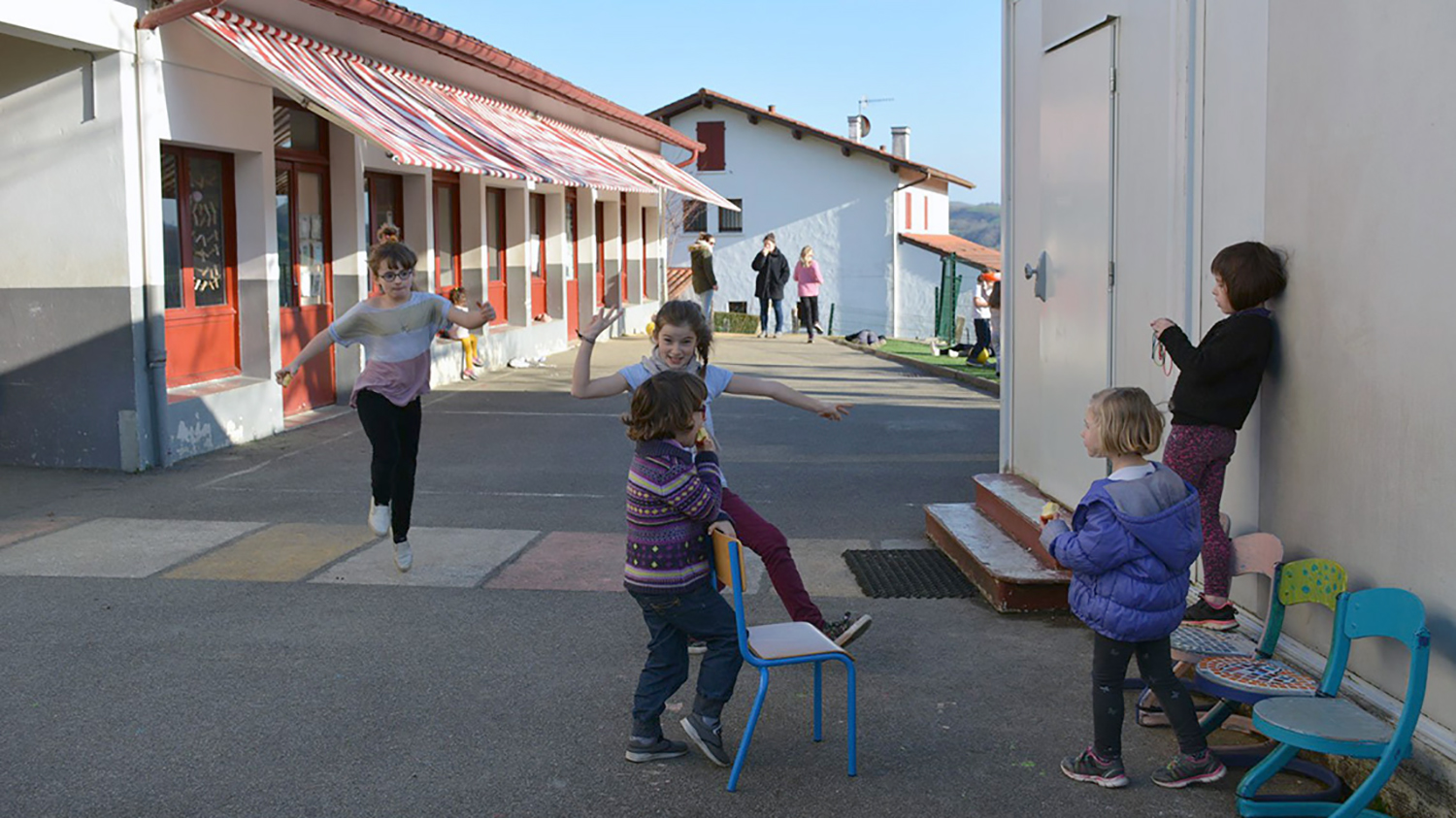"Through the dialect, the student understands the Basque verb by clicking"
- Professor Lander Iruretagoiena Busturia (Bilbao, 1980) has offered a new tool to the Basque student. He studied Business, Administration and Management, but has been a Basque Professor since 2007. We are currently working in the Basque Country in Erandio.
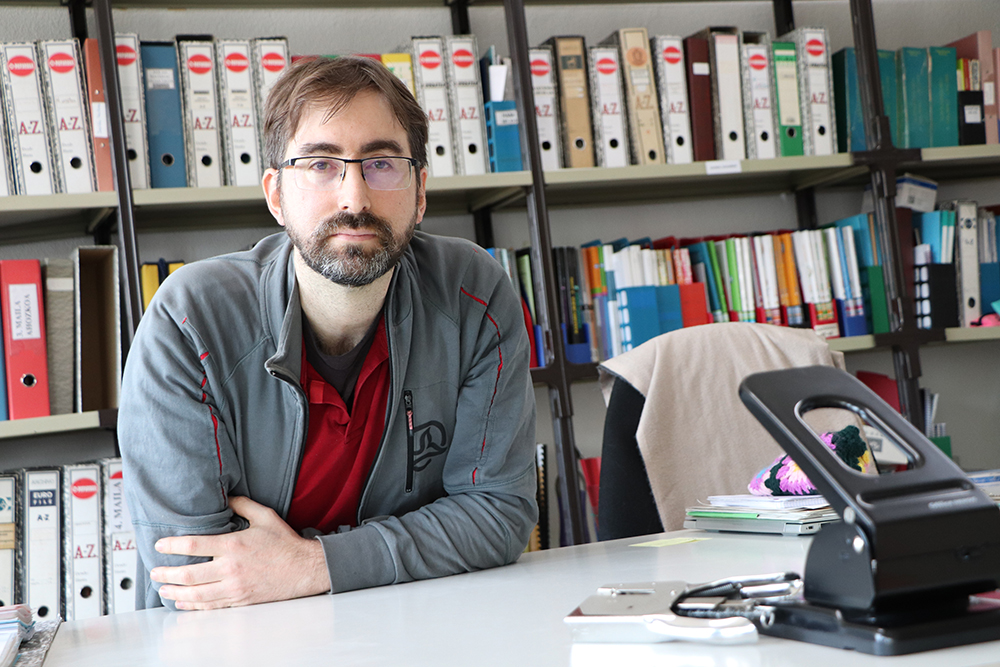
He started to create material to facilitate the teaching of our language, to accumulate various themes, until he collected and published everything, both on paper and on the network (www.euskaragara.net). It was well received from the beginning, as its first edition dates back to 2014 and is already in its fifth edition. Iruretagoiena is convinced that a change in methodology, adequate teacher training and interactive content training would improve the teaching of Euskera. He has put an unusual tool in the hands of teachers.
What you have in your book, Keys to B1. Base B2 and C1. Is it about overcoming the Basque test?
I put that title on my material to make it the hook for B1 students. At first, the students I received in the Basque Country were those who were not, at level B1. And I started creating material. In fact, if you want to create material, it's also the simplest level. On the other hand, I have long realized that the challenge of learning and teaching Basque is of all levels, and also of the difficulty. In any case, so that there is no confusion, I have to say that this is not the method. My material is not Bakarka, neither the IKA methodology nor the AEK methodology, nor is it Bikain or Arian. Mine is a guide to Basque grammar. The material that I designed for the student to capture the background of the contents, has explanations in Basque and Spanish, is equipped with tricks and pnemotechnics rules – an area that has not been worked at all in the teaching of Basque – has a system of colors, interactive exercises and videos…
You have told us that your work is not a method, but a grammar guide...
Yes, a complementary material, not a method, just with my material you can't learn Basque. I started teaching online, on my own. For example, I had an Argentinean from the first students. Then I got out of giving private classes to teach in the Basque Country, and I started making a blog for informative purposes. I started writing things that I found interesting and coming up on the net. I thought nobody would see it, but I was wrong, people came to my blog, how I didn't know! Then, while I was teaching, I realized that when I wanted to explain some content, like the verb paradigm, what I found on the Internet didn't seem enough to me, and then I started writing and sharing notes through Google Drive. Soon I started making verbal pictures, and I wondered. “And how to make the student understand the verbal paradigm?” I based myself on Aditzak.com, putting myself in front of the screen and organizing the contents in a certain way, by clicking the student, all the characteristics of the verb in question – be it condition, conditional effect, nor-nork… – to appear instantly on the student’s screen, in colors, specifying where the table comes from, equivalences, translation…
I not only offer what I do to the student, but also to the teacher, so that I can more easily explain the key to our verbal paradigm.
Does the student not understand the verbal paradigm?
You see the verbs table and no, you don't understand it! That's why I've made the material to offer the student a tool that he understands. I not only offer what I do to the student, but also to the teacher, so that I can more easily explain the key to our verbal paradigm. I have passed the pointer on the screen and, through the balloons system, you have all the explanation, grammatical concepts, videos and others… I have called Euskalkulatzailea, that is, the calculator of the Basque verb, making a game of words. I believe that this material helps students also understand the relationship between the verb and the decline, and the exercise, the videos, the theory… it has everything. The Euskalkulator shows what is not seen in the verbs and/or declinations tables.
What does the student who uses his/her material say?
It helps him. The current student is used to working in front of the screen, so there is no problem with it. It is true that what I want to explain is that some students understand better through this tool, while others have difficulty assimilating it. Another thing that this tool has is that it can help students see and correct errors. And if you want to use more elaborate verbs, higher forms, this system can help the student. That is, at least, the objective of my material: to facilitate language learning.
I thought the teacher's tendency is to choose a method or a methodology and link it to the path he has shown...
Not always. And, on the other hand, methods for teaching Euskera are often obsolete. Nice things have been done in recent years, but there is still a way to go. If I could do all the things I have in mind, I would greatly facilitate the teaching of Euskera. But I don't think I'm going to do it: I've talked to a number of companies, and although at first they've shown interest, there's my ideas left, not back or forth. The Basque Government has the Boga system, for example, it is useful, but it is obsolete. If it can be improved, using gamifications, games, prizes, etc., that is, by placing challenges on the student, making learning fun, making it more visual… I would take advantage of the systems used today to learn English or other languages, such as Babble or Duolingo. I believe that the Basque country is lagging behind on that road and, to put it more, not a lot of money is spent efficiently.
You said that your ideas have remained there, not ahead or behind. But at least it has been able to do this Euskaragara.net.
In 2012, I collected what I had written until then and offered it to the student. I contacted the company Bitarlan and with the help of computer scientists, programmers, designers and so on, I made the material. The support was offered to me by that company, but then I had to put the contents one by one. And the combinations of all auxiliary and synthetic verbs are in the order of 4,000. A lot! Verbal form in one, example in another, translation, exercise, video, etc. It was a great job, a lot of hours! Although from the form to the forms that would correspond or could have corresponded to him… There they are all. And if not all, at least 90 percent yes. I believe that through the dialect the student more easily understands how the Basque verb acts by clicking. On the other hand, I also leave tutorials on the Euskaragara Youtube channel, where students ask me about grammar or the origin of some sort of denomination.

Spanish as a demand for the txirena... What is Spanish txirenea correct?
Enter words in Basque when we speak Spanish. The Basques talk about Euskañol, right? On the other hand, when speaking in Spanish, I propose that it be done in "euspañol". We are in the stride of hegemonic language, when we speak in Basque we also constantly resort to the Spanish scales. Of course!, another Good or No more… There are words that have no equivalence in Basque and we have to go to Spanish. OK. But in most cases, Euskera has its equivalences and yet we go to Castilian: at the height of Euskañol, I defend euspañol, when we speak Castilian, to use without shame “La andereño… I have done the exam…”. Isn't Castilian saturated with anglicism? (follower, online, challenge…). We are therefore going to extend euspañol!
I believe that through 'Euskalkulatzailea' the student understands more easily how the Basque verb acts by clicking
On Youtube we have seen that it also talks about the linguistic landscape...
Yes, and along with “entrance, exit, road…”, the names of the streets and so on, it is important that the institutions put the names in Basque to public and private companies, and not in English, for example. The BEC, the Basque Culinary Center, or the Bird Center of Urdaibai, could be “Azoka”, “Jan”, “Txori” and thus show their identity without having to resort systematically to unifying English. We should aim to normalise the words among the Castilian speakers, to disseminate them. If we want to do social pedagogy, it is essential to name all companies, bars and everyone else in Basque. I believe that this should be regulated by law.
I have been struck by the fact that it is non-profit Euskaragara.net.
We do not receive subsidies, but if we have had benefits, and we allocate them to the promotion of the Basque country. For example, we created plates in Euskera to place them on the house portal and offer them for free. We also helped create murals. In any case, the objective is to guarantee the presence of the Basque Country. We have also created material and campaigns to use the devices – be it the phone, be it the computer – and the email in Basque. The Basque country must be present in all areas of our society, and it is cooperating in this.
“Hemengo proposamena zera da: ez kikildu euspañol egitean. ETB2n Klaudio Landa dugu horren adibide –agurrak edo eskertzekoak esatean–. Aurkezle askok kontzienteki egiten dute. Hori bai, segun eta norekin, euspañolari ere uko egiten diete [hor dago koxka, beraz, geureari eustean]. Euskaraz egin ezin baduzu, hau da, beste interlokutoreak ez badu ezagutza nahiko, txertatu euskara gaztelaniaz ari zarenean –irribarre batez, ahal bada–: gure komunitate linguistikoa agerian utzi behar zaie. Nolabait Aizu, hemen gaude, gu ere existitzen gara gogorarazteko modua da”.
Nafarroa Beherean, Aiherrako 'Beltzegitea' etxean kokatuko da Eguzkilore haurtzain-etxe berria. Euskara, natura eta motrizitate librea oinarri harturik, heldu den apirilean hasiko dira zerbitzua eskaintzen.
To be honest, I don't know why I'm writing this. In today’s hostile environment, opinions of this kind are not well received. Perhaps LUZ will not publish this because it does not correspond to the opinions they have published so far (but if they have finally decided to publish... [+]









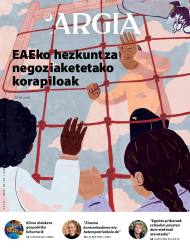

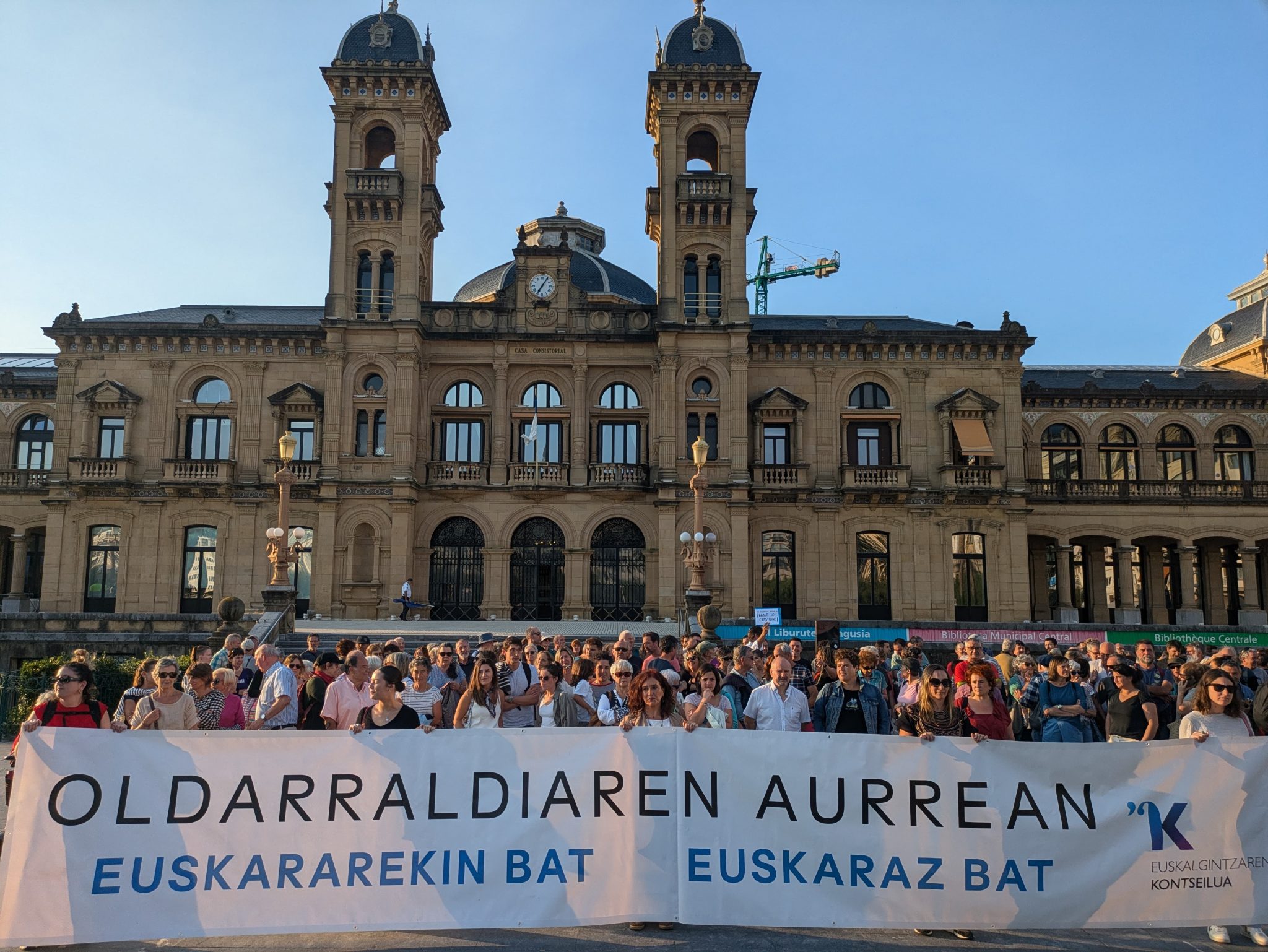
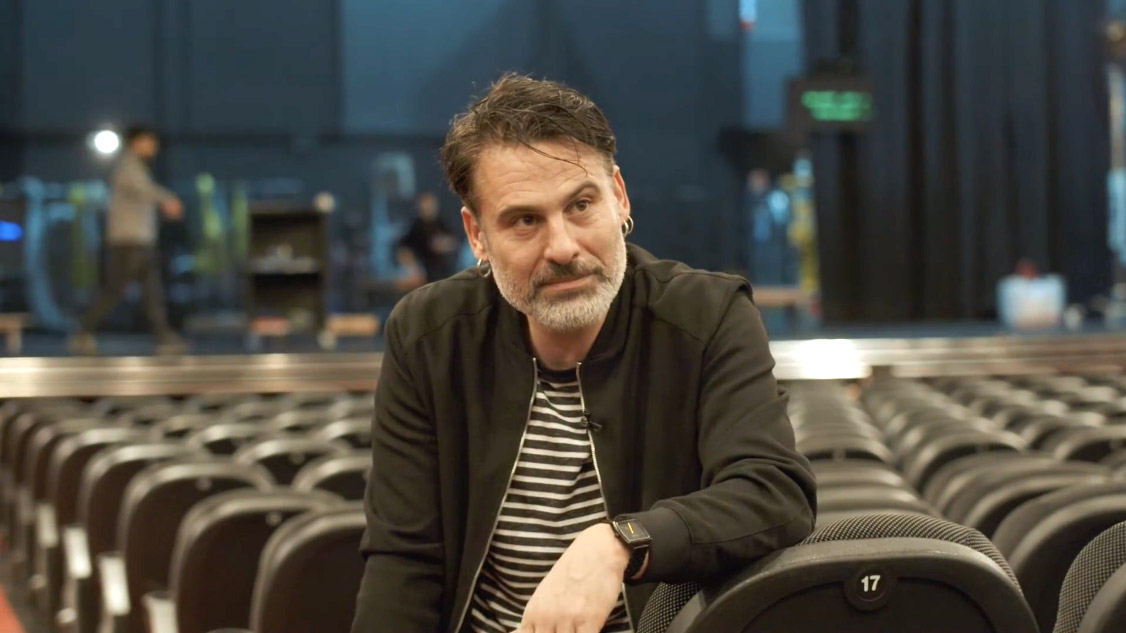

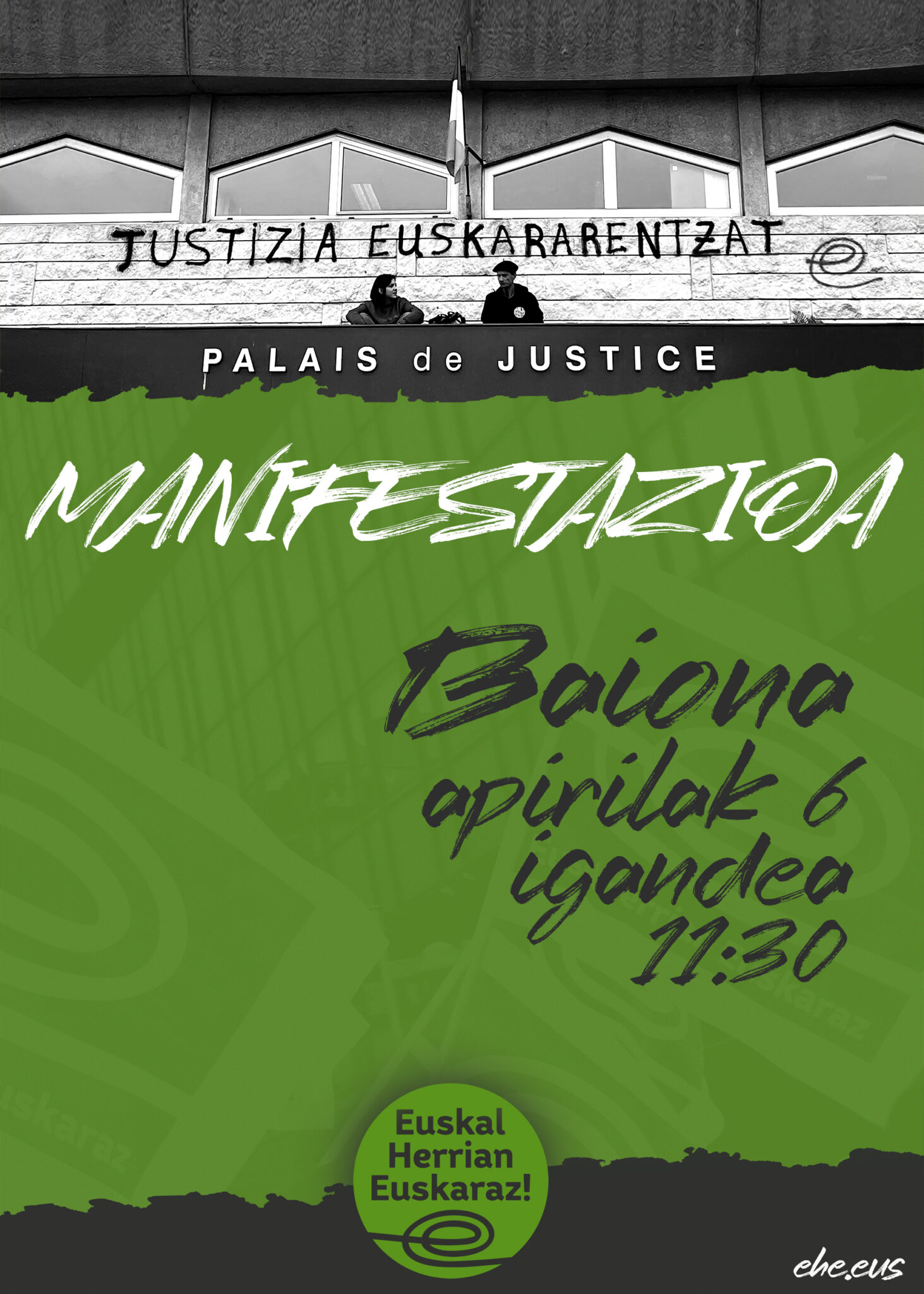

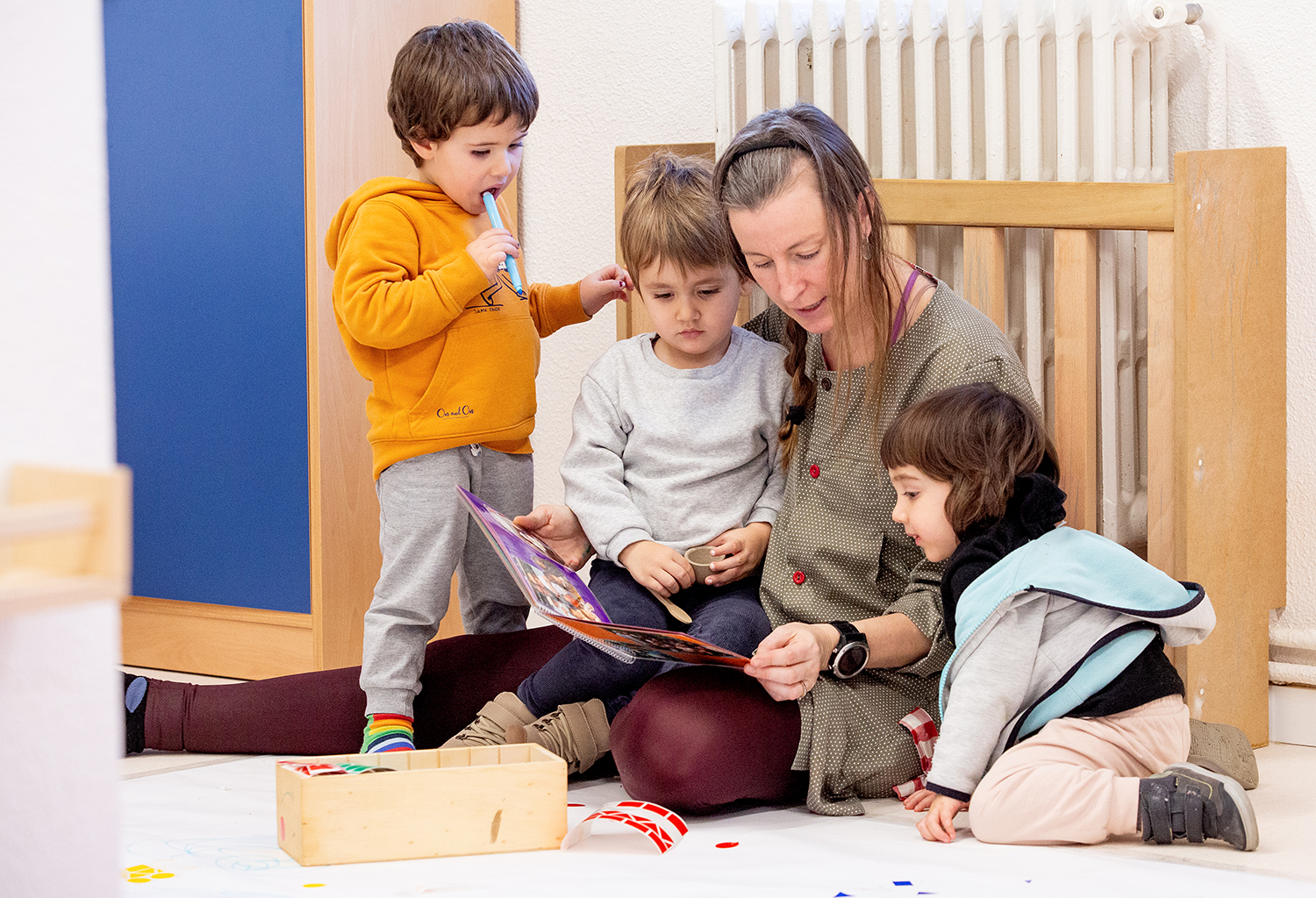
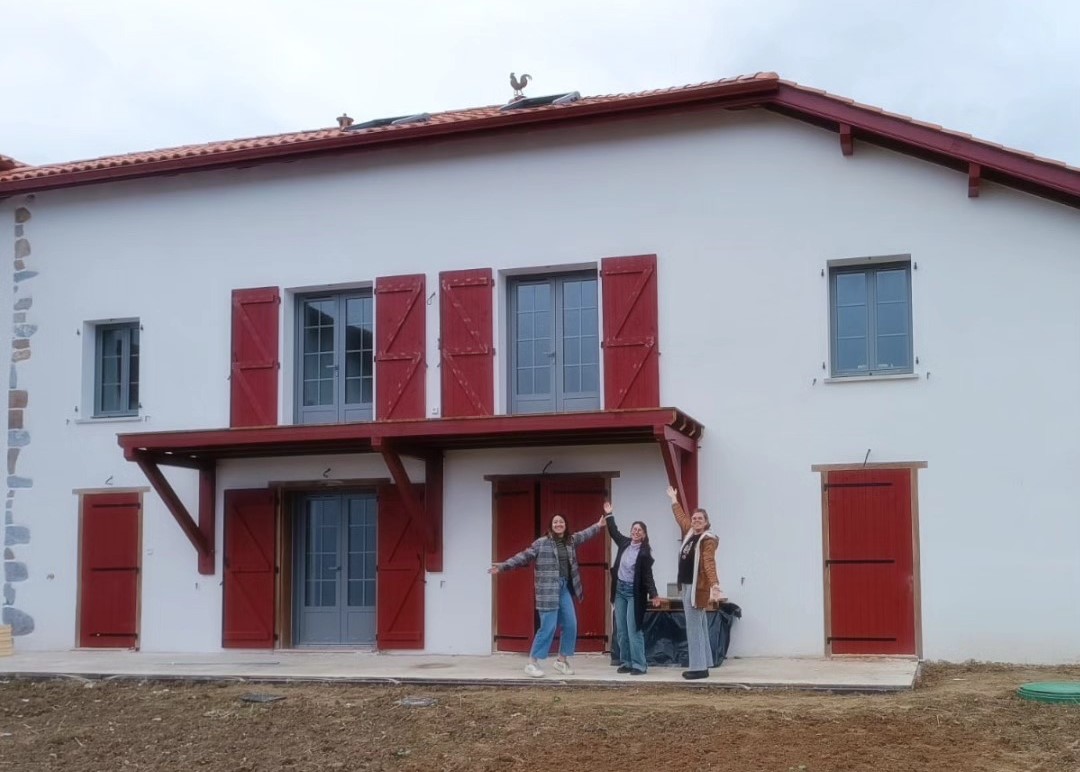

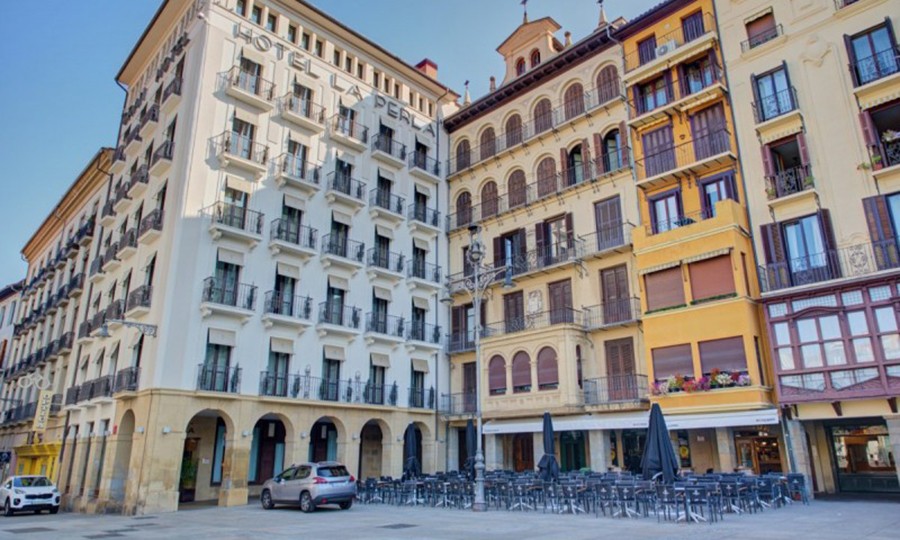

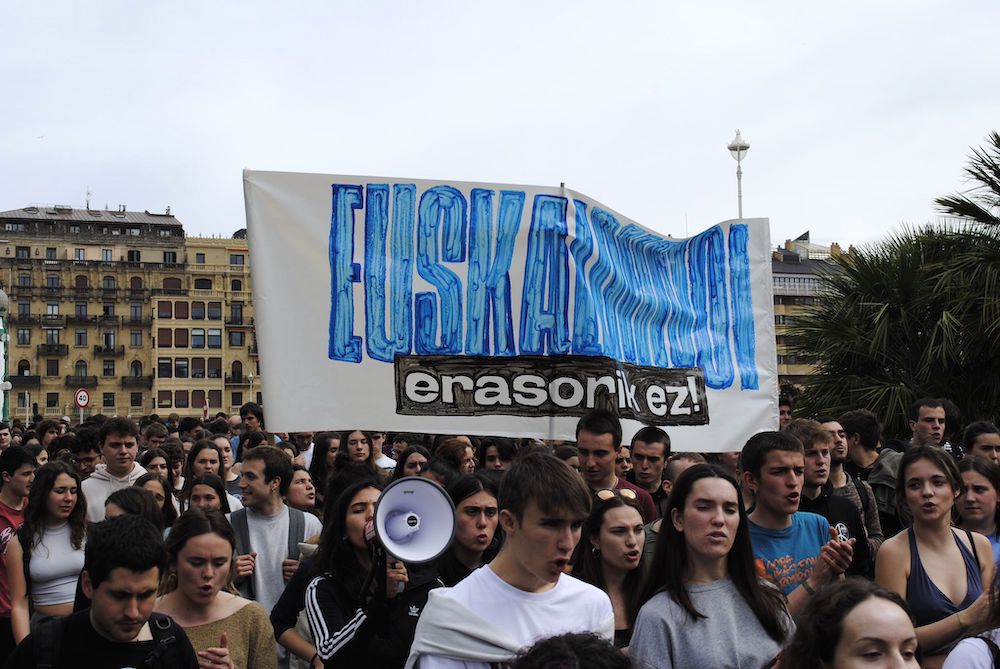
.jpg)

